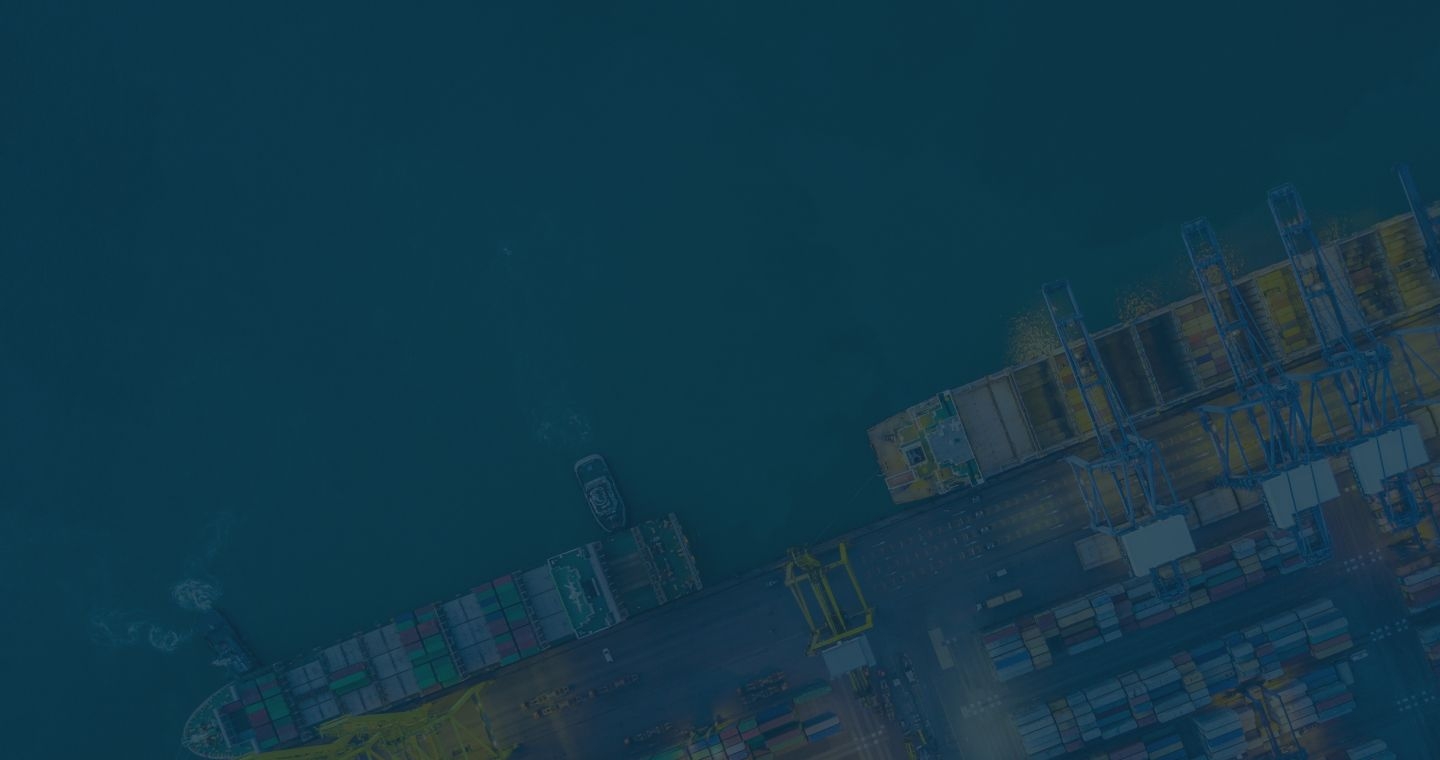
Ship container to Australia
- Quote, Book and Track your Cargo Online
- Compare 50,000+ Quotes from Multiple Carriers
- Trusted by 10,000+ Customers Globally



How much does it cost to ship a container to Australia
Ocean freight shipping costs to Australia from the United States begin at $975 for a 20 foot container. A 40 foot container will cost at least around $700 more. Rates will vary depending on the country. Much like Asia, Australia largely imports electrical machinery, mineral fuels, vehicles, medical supplies and additional pharmaceuticals, precious metals, and home goods. Their biggest exports are iron ores, coal, gold, and beef.
POPULAR TRADELANES
Shipping rates from/to Australia
RATES AVAILABLE
ROUTES TO CHOOSE FROM
PORTS AROUND THE GLOBE
GETTING STARTED
Ship your cargo with iContainers

BOOK the best freight quote of the market

MANAGE your shipment online

TRACK your shipment in real time 24/7
Main ports in Australia
Wondering about what ports you can ship your container to in Australia? With iContainers you will be sure to find a solution: we operate in 8 ports in Australia from the US and, if you’re shipping from Spain, you’ll be happy to know you can choose among 6 ports in Australia for your ocean freight transport too.
TESTIMONIALS
What Customers Have To Say
"iContainer´s platform is very user-friendly and provides us with the ease of mind with their automated pre-alerts. We highly recommend their services and diligent follow-up on rates and shipment status"

Irene Chang
Sales Executive at Transworld GLS
iContainers, as a provider, stands out for its level of service and quick responses. They verified the reservation as soon as the operation was opened.

Patrick G. Waddle
General Manager at Advance Global Logistics
The ability of iContainers' platform to provide a quick quote exceeded my expectations. It looked very simple, but at the same time it was exactly what we were searching for.

Yuriy Pukhkalo
Business Development Manager at Prime League Inc.
FAQ
FAQs about shipping your container to Australia
What is the estimated transit time for shipping a container to Australia?
Transit time between any two countries will largely vary based on the port of origin and destination within each country. Consequently, when shipping from the US to Australia, you will find the longest route is Louisville-Sidney, which takes 75 days on average, while the shortest – 17 days - would be Long Beach-Sidney. If you’re shipping internationally, however, it’s important to remember that there may be unexpected issues that could lead to delays.
How do you figure out shipping costs to Australia?
Freight shipping prices depend on the kind of service your goods require. In addition, there are a few aspects you should consider which will have a part in determining your shipping costs: your choice of container, your cargo’s characteristics, the applicable Incoterm and the transit time. Furthermore, any special requirements for your shipment such as those needed for hazardous goods are likely to incur in extra costs.
FOB vs CIF: What´s the difference?
CIF and FOB are two of the most common Incoterms and often lead to confusion when having to choose one or another for exports and imports. The main difference between the two lies in which party bears responsibility for goods during transit. Under CIF, sellers are responsible for costs and liabilities up until shipment is delivered to the buyer while according to the FOB Incoterm, responsibility for costs and liability lie with buyers once cargo is loaded.
What type of cargo can be sent in a container?
All standard dry shipping containers are suitable for goods that don’t require special conditions during transit such as refrigeration or ventilation – i.e., non-perishable cargo like manufactured goods. These freight containers are the most commonly used in the world and are available in various sizes, giving shippers a range of options to choose from in order to adapt to their cargo’s needs.
What container capacity do I need for my cargo?
Dry shipping containers’ sizes have been standardized so as to offer shippers a wide range of options. As an indication, the smallest container is 20ft and offers a volume capacity of 1,172 CFT / 33.2 CBM, whereas the largest - 45ft - is 3,122 CFT / 88.4 CBM. If your cargo is low-volume, you may want to think of using a Shared Container (LCL) and pay only for the portion of the container your shipment takes up.
What paperwork is needed for international shipments to Australia?
Although every country sets forth different requirements when it comes to exporting and importing goods, there are certain documents - such as a bill of lading, a commercial invoice or a packing list – that you will be sure to need regardless of the origin or destination of your shipment. Other paperwork required may generally include customs authorization, power of attorney or complimentary documents when shipping sensitive or hazardous cargo.